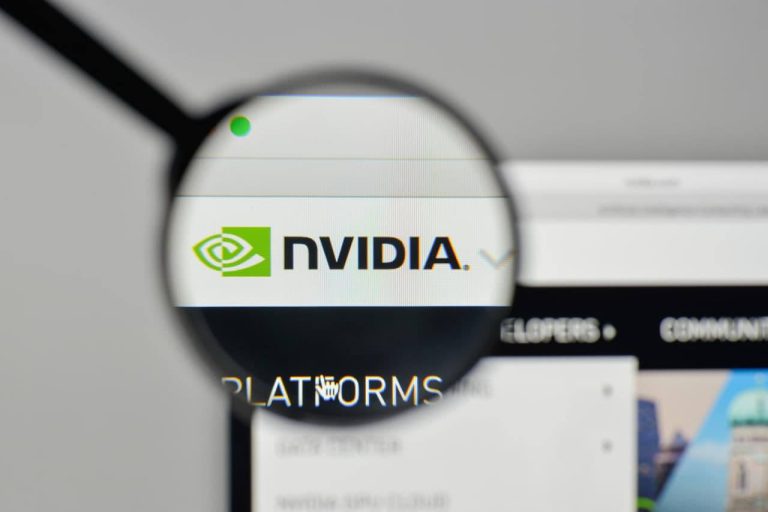Polkadot’s New Push to Connect Blockchain and Traditional Finance
In an ambitious move to link blockchain technology with traditional finance, Polkadot has unveiled its latest venture—Polkadot Capital Group. This new capital markets division is designed to bring institutions closer to the vast opportunities offered by Polkadot’s decentralized finance (DeFi) ecosystem and its breakthrough tokenization capabilities.
Why Now? Rising Institutional Interest in Digital Assets
The timing is no coincidence. Institutional interest in blockchain and digital assets is on the rise, fueled by increasing regulatory clarity. Polkadot Capital Group aims to meet this demand by helping traditional financial entities—such as asset managers, brokers, and venture capital firms—explore blockchain-driven opportunities. From asset management and staking to over-the-counter trading, Polkadot’s infrastructure is now positioned as a bridge for real-world asset (RWA) tokenization.
David Sedacca, the head of Polkadot Capital Group, noted that the Cayman Islands-based initiative is already forging partnerships with key financial stakeholders. This effort is bolstered by recent regulatory developments in the U.S., including the approval of the GENIUS Stablecoin Act and proposals for clearer crypto legislation.
Key Features of Polkadot
Since its launch in 2020, Polkadot has stood out in the blockchain space, largely due to its unique multichain architecture. This system enables independent blockchains, known as parachains, to seamlessly connect and communicate with each other. Today, Polkadot is the 24th-largest blockchain network, boasting a market capitalization of approximately $6.1 billion, according to CoinMarketCap.
A Broader Trend in Blockchain Capital Markets
Polkadot’s pivot isn’t an isolated case. Several blockchain firms are realigning strategies to capture institutional interest in areas such as asset tokenization, bond issuance, and stablecoin settlement. For instance:
- Prometheum recently raised $20 million to bring traditional securities on-chain through tokenization.
- Digital Asset secured $135 million to scale its Canton Network, which has already piloted tokenized assets like bonds and gold.
- Polygon collaborated with Obligate and Capital Système Investissements to issue a bond using the USDC stablecoin.
Traditional financial powerhouses are taking notice, too. Banks like Goldman Sachs and BNY Mellon have explored blockchain in tokenized fund experiments, aiming to reduce friction and transaction costs while enabling 24/7 settlements.
What This Means for Blockchain Adoption
Polkadot’s initiative could play a crucial role in increasing blockchain adoption among financial institutions. By focusing on use cases like RWA tokenization, DeFi, and bond issuances, Polkadot is not just offering technological innovation—it is enabling more seamless integration between the blockchain and the world of finance.
Explore the Potential
If you’re curious about diving into blockchain or expanding your knowledge of tokenization, Polkadot may be the perfect starting point. For developers and enthusiasts interested in Polkadot-based projects, consider exploring the project’s official network for tools and insights.
Get Ahead in Blockchain Finance
The future of finance is on the blockchain. Stay updated on the latest advancements by following Polkadot and other trailblazers shaping capital markets.



